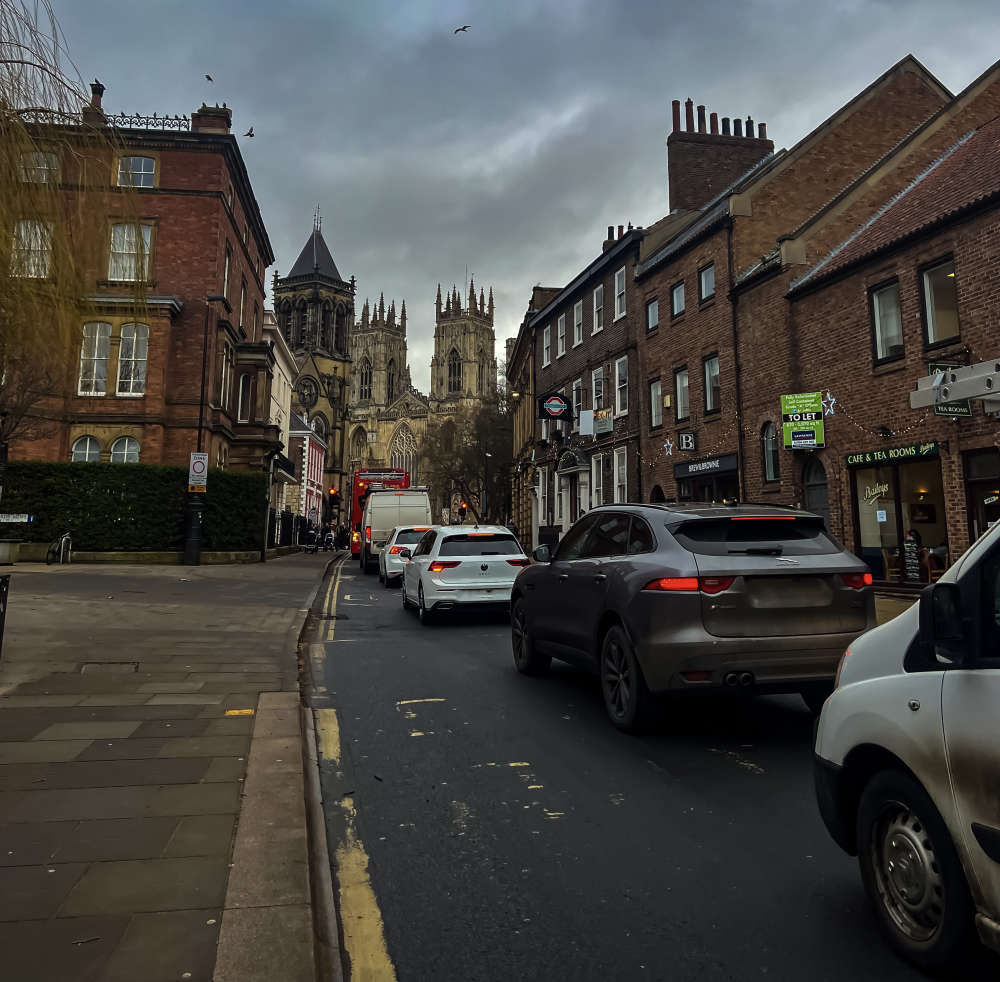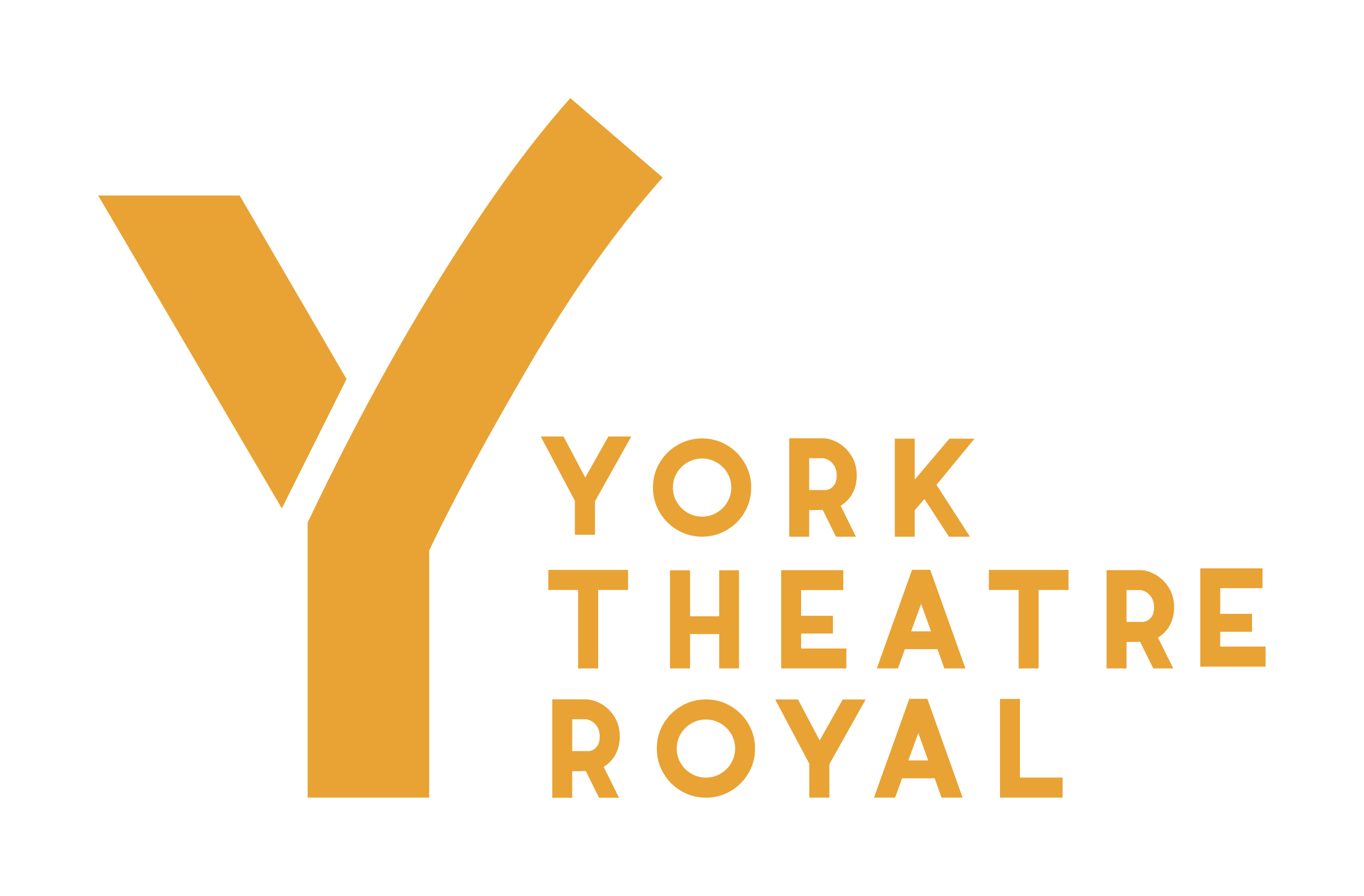
York needs to reduce congestion and pollution on its road network. York Civic Trust outline four ways to make this happen In February the Council launched its draft Local Transport Strategy. We at York Civic Trust welcome this, and have reissued our own Transport Strategy for York as an input to the consultation
York needs to reduce congestion and pollution on its road network. York Civic Trust outline four ways to make this happen
In February the Council launched its draft Local Transport Strategy. We at York Civic Trust welcome this, and have reissued our own Transport Strategy for York as an input to the consultation. A key Council target is to reduce carbon from transport by 71% by 2030. To achieve this, the Council suggests that car use will have to fall by 20%. But what will this mean for York’s congested and polluted streets?
The Council offers several suggestions, include dualling the whole of the A1237, improving footways and highway margins for pedestrians and cyclists, more low traffic neighbourhoods and school streets, and better use of urban traffic control and intelligent transport systems. York Civic Trust is unsure whether these measures will achieve the outcomes that we all need.
Tony May, Chair of York Civic Trust’s Transport Advisory Group, said: “We need to reclaim our streets for the people of York, reduce congestion and pollution, and make our roads safer places for pedestrians, cyclists and children generally. The Council’s Strategy hints at ways of achieving this, but needs to be much more robust.”
Congestion remains a serious problem for York. Bus passengers suffered delays of up to 90 minutes before Christmas, emergency vehicles are being held up by traffic jams and drivers find themselves stuck in bottlenecks like Gillygate. Nationally statistics show that rising traffic congestion creates a vicious circle where over one third of children are driven to school, two-thirds of adults say that it is too dangerous to cycle, and nearly two-thirds of car journeys are under five miles.

Car queuing in Museum Street Photo: York Civic Trust
In York in surveys in 2019 and 2021, 90% of respondents were concerned or very concerned about levels of congestion. 80% about air pollution and the impacts of transport on climate change and 66% about traffic noise.
York Civic Trust supports the proposal to dual the outer ring road, but only if it is then used to tackle these problems within York. Unfortunately, the Council’s predictions show that, within a year or two, traffic will have increased by 90% on the central dualled section, while the largest reduction in inner York traffic would only be 7% on Gillygate. A much more comprehensive strategy is needed. Key to it are four coordinated actions:
-
Managing traffic flows entering the city: Queue management policy as on the Hull Road, if extended to all radial roads, should help manage the flow of traffic into the city centre, discourage through traffic in inner York, and give greater priority to buses and cyclists.
-
Using technology: Urban Traffic Control should be used to collect real time information and to moderate flows, remove queues from sensitive locations, and protect buses and cyclists from congestion.
-
Discouraging through movement: Traffic filters, as in The Groves, and bus gates as in Coppergate will encourage longer distance traffic to use the outer ring road.
-
Quiet streets and 20mph zones: With 20% less traffic on the network, we can ensure that residential streets are reclaimed and roads past schools better protected. We envisage the whole inner ring road being a 20mph zone, reflecting its intensive use by pedestrians.



 ‘Darkest Hour’ star Gary Oldman is coming to York!
‘Darkest Hour’ star Gary Oldman is coming to York!